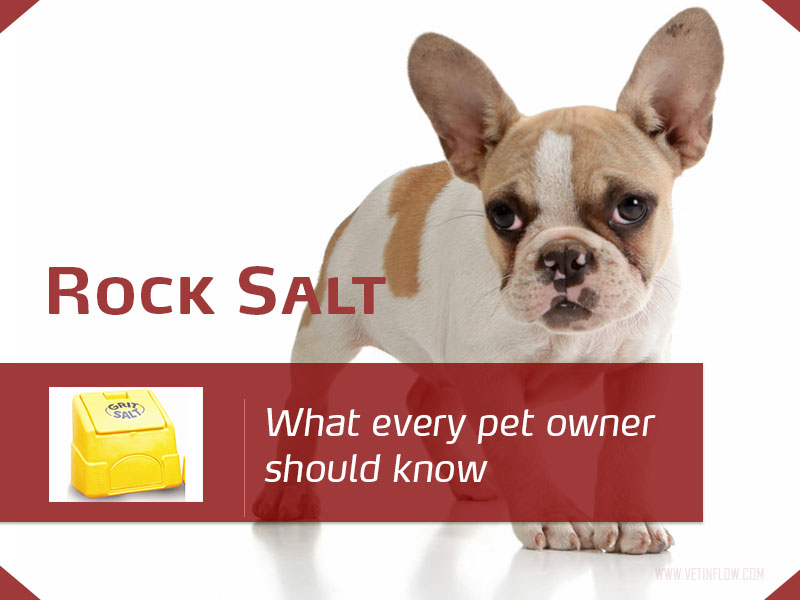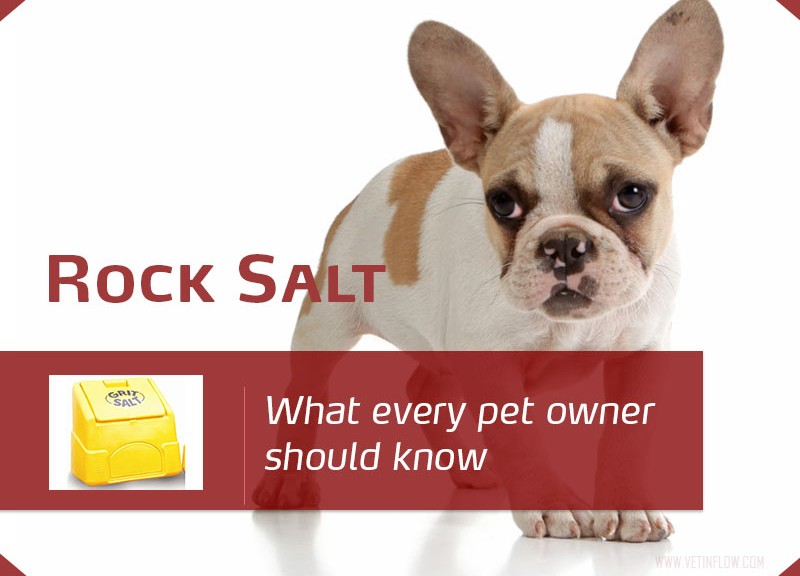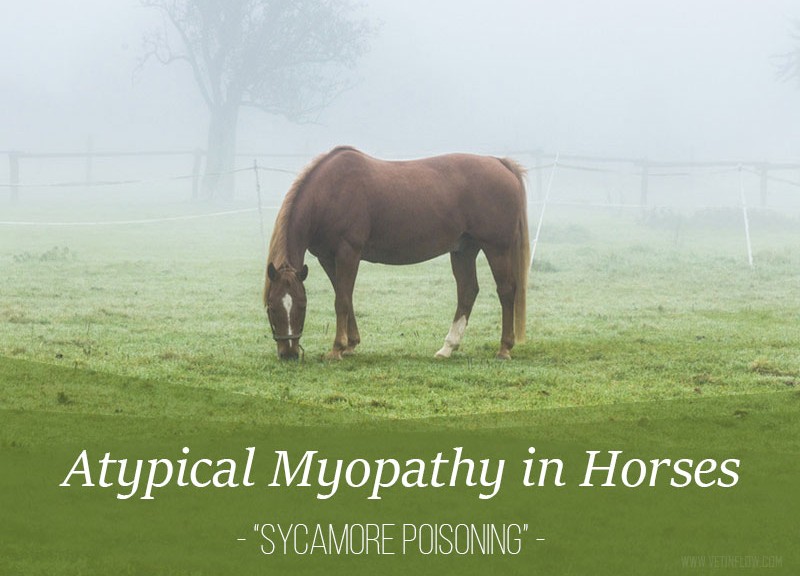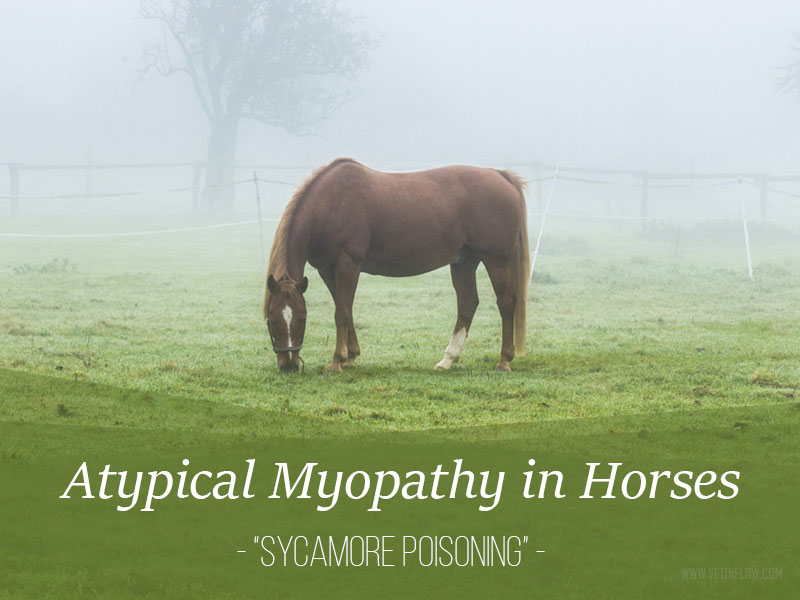 Rock salt is very commonly used during winter all over the UK. The substance is a mixture of salt, grit and other components such as magnesium that works as an ice melter. It is often spread on our roads to keep them clear of ice and snow, and on sidewalks and footpaths to prevent slips and falls.
Rock salt is very commonly used during winter all over the UK. The substance is a mixture of salt, grit and other components such as magnesium that works as an ice melter. It is often spread on our roads to keep them clear of ice and snow, and on sidewalks and footpaths to prevent slips and falls.
Despite being so common during the cold season many pet owners are not aware that rock salt can be very dangerous for pets (such as cats and dogs) if ingested. We still don’t know for sure how much needs to be eaten to cause damage but we do know that even a small amount of pure salt can lead to disease.
Most cases of affected animals happen after pets go outside for their walks and step over gritted snow or ice. Rock salt causes some level of irritation to their skin and pets will often lick the substance off their paws and fur. Ingesting rock salt can lead to a high blood sodium concentration which can cause lethargy, thirst, excessive salivation, vomiting and ultimately can lead to kidney damage, pancreatitis and seizures (fits).
If you notice any of these symptoms on your pet, contact your vet immediately. Waiting and watching is never a good idea if you suspect a pet has been poisoned as it can seriously decrease its chances of recovery.
The best way to keep pets safe is to wipe their feet and fur that may have been in contact with the gritted snow. If your pet displays any signs of discomfort after a possible contact with rock salt during one of his walks, wash the affected areas with pet-safe shampoo and warm water. Please don’t forget to dry your pet’s fur with a soft towel after washing.
Would you like to know more about cats and dogs? Check our Feline and Canine Courses:


